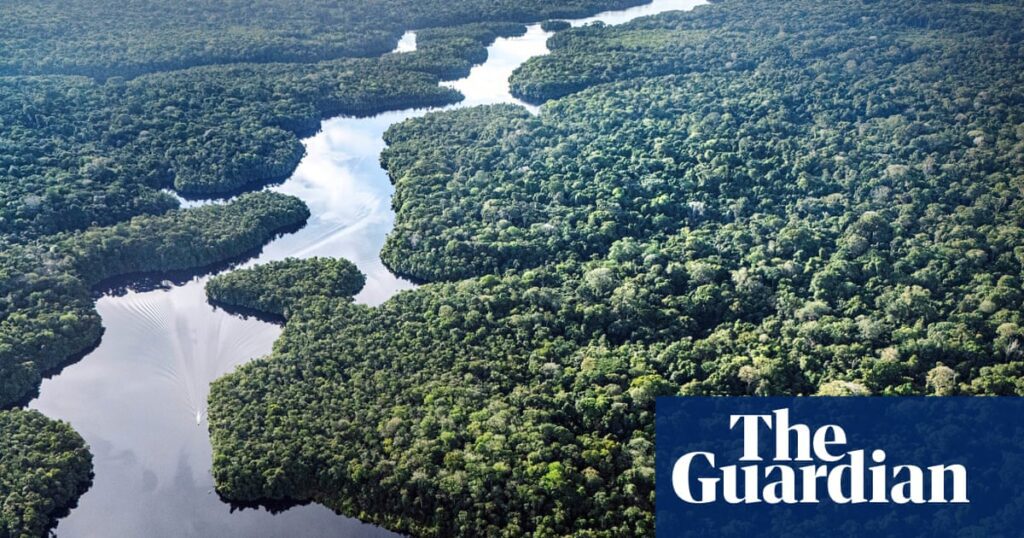New research reveals that the Amazon’s largest trees are growing larger, demonstrating the importance of intact rainforests in sequestering carbon dioxide. Published in Natural Plants, the findings indicate that bigger trees are more climate-resilient than previously thought, effectively functioning as carbon sinks despite rising temperatures and drought. However, the study warns that this crucial role is threatened by deforestation, fires, and expansion of agriculture and infrastructure.
Researchers, including nearly 100 scientists from 60 institutions, studied changes in 188 plots of Amazon rainforest over 30 years. They observed an average trunk expansion of 3.3% per decade, particularly in larger trees, driven by increasing atmospheric CO2 levels from human activities. Notably, large trees like the Brazilian Nut Tree and Kapok dominate the canopy, outcompeting other plants for essential resources.
While the findings highlight the resilience of mature forests, they emphasize the urgent need to prevent further deforestation. Fragmented areas of the Amazon have shifted from carbon sinks to sources, especially due to agribusiness activities. Large trees, although vital for ecosystem function—comprising just 1% of trees but responsible for significant carbon and water cycling—are more vulnerable when isolated.
The study’s lead author, Adriane Esquivel-Muelbert, noted that the health of large trees is pivotal; their death can dry out forests and complicate recovery. While the growth trend offers some hope, the overall resilience of Amazonian forests remains at risk.


